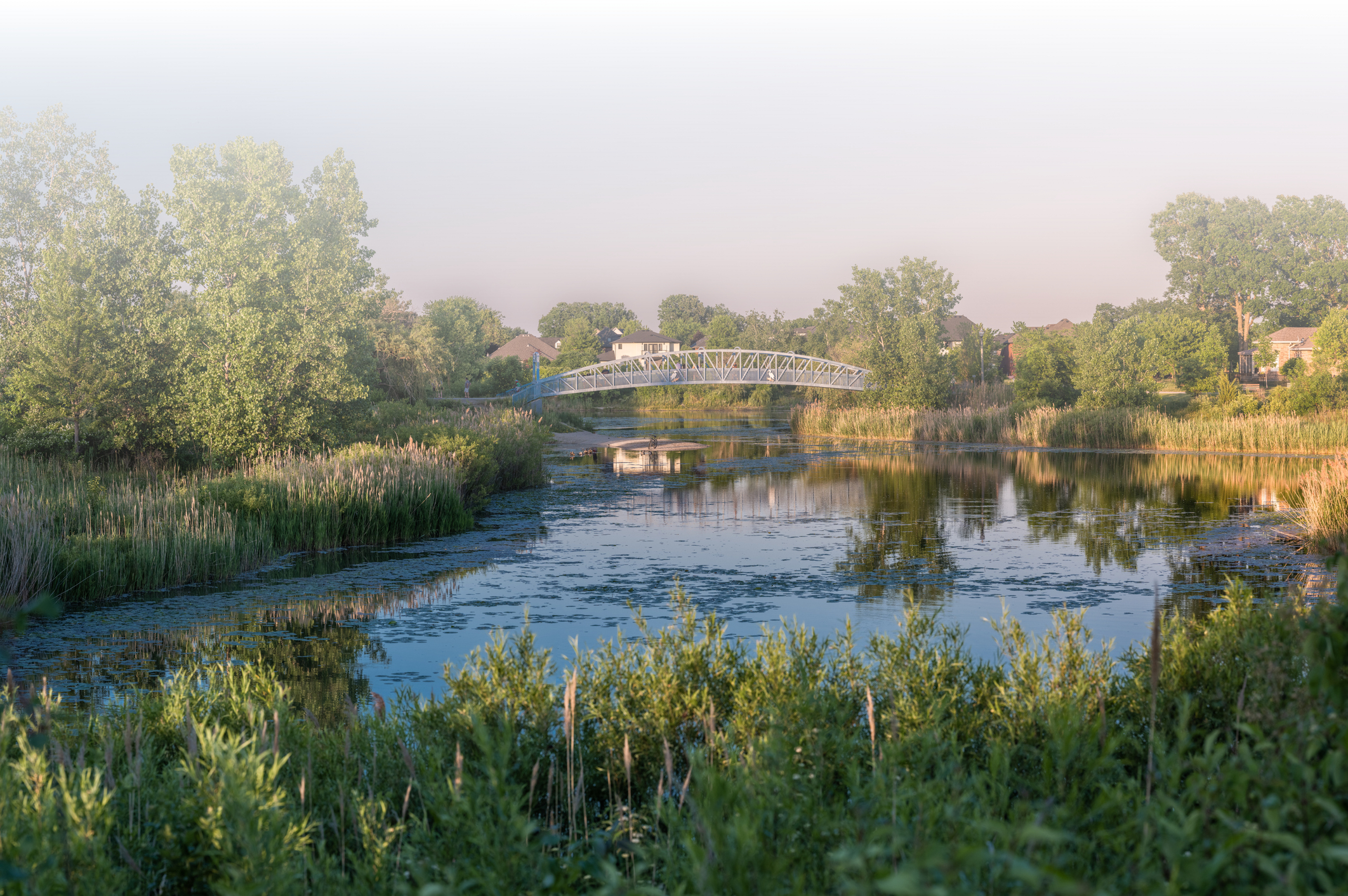Cremation
Cremation is a dignified and increasingly popular method of handling human remains that does not involve burial. It entails the process of transforming the body into ashes through intense heat. This method offers a unique way to honour and commemorate the deceased, as the resulting ashes can be stored in an urn or scattered in a meaningful location. Cremation provides a sense of flexibility and personalization, allowing individuals to choose how they wish to preserve or disperse the ashes according to their cultural or personal preferences. It also presents a practical option for those seeking a compact and environmentally friendly alternative to traditional burials. Embracing the concept of transformation, cremation allows loved ones to cherish memories while acknowledging the impermanence of physical existence, independent of any ceremonial or religious observances.
Cremation FAQ
What is cremation?
Cremation is the process of reducing the human body using high heat and flame. Cremation is not the final disposition of the remains, nor is it a type of funeral service.
Is a casket needed for cremation?
No, a casket is not required. Most areas require an alternative container constructed of wood or cardboard; however, in some areas, no container is required.
Is embalming required prior to cremation?
No, however there are some circumstances where it may be necessary.
Can the body be viewed without embalming?
Yes, most crematories allow immediate family members to view the deceased prior to cremation.
Can the family witness the cremation?
Yes they can; some cremation providers will allow family members to be present when the body is placed in the cremation chamber. Some religious groups ask for this as part of their funeral custom.
What can be done with the cremated remains?
While laws vary province to province, for the most part, remains can be buried in a cemetery lot or in a cremation garden, interred in a columbarium, kept at home, or scattered.
How can I be sure I receive the correct remains?
All reputable cremation providers have developed rigorous sets of operating policies and procedures in order to maximize the level of service and minimize the potential for human error. Since it is illegal to perform more than one cremation at a time, and the vast majority of crematories can only cremate one body at a time, it is next to impossible to receive the incorrect remains.
How long does the actual cremation take?
It all depends on the weight of the individual. For an average sized adult, cremation can take two to three hours at a normal operating temperature of between 1,000 and 2,000 degrees Fahrenheit.
What do the cremated remains look like?
Cremated remains resemble coarse sand and are whitish to light grey in colour. The remains of an average sized adult usually weigh between 7 and 8 pounds.
Do I need an urn?
An urn is not required by law. An urn may be required if the remains are to be interred in a cemetery. If an urn is not purchased or provided by the family, the cremated remains will be returned in a temporary plastic container.
Options for Every Family
Cremation
Cremation is a dignified and increasingly popular method of handling human remains that does not involve burial.
Burial
Burial is a traditional and solemn practice that allows for the respectful interment of human remains.

